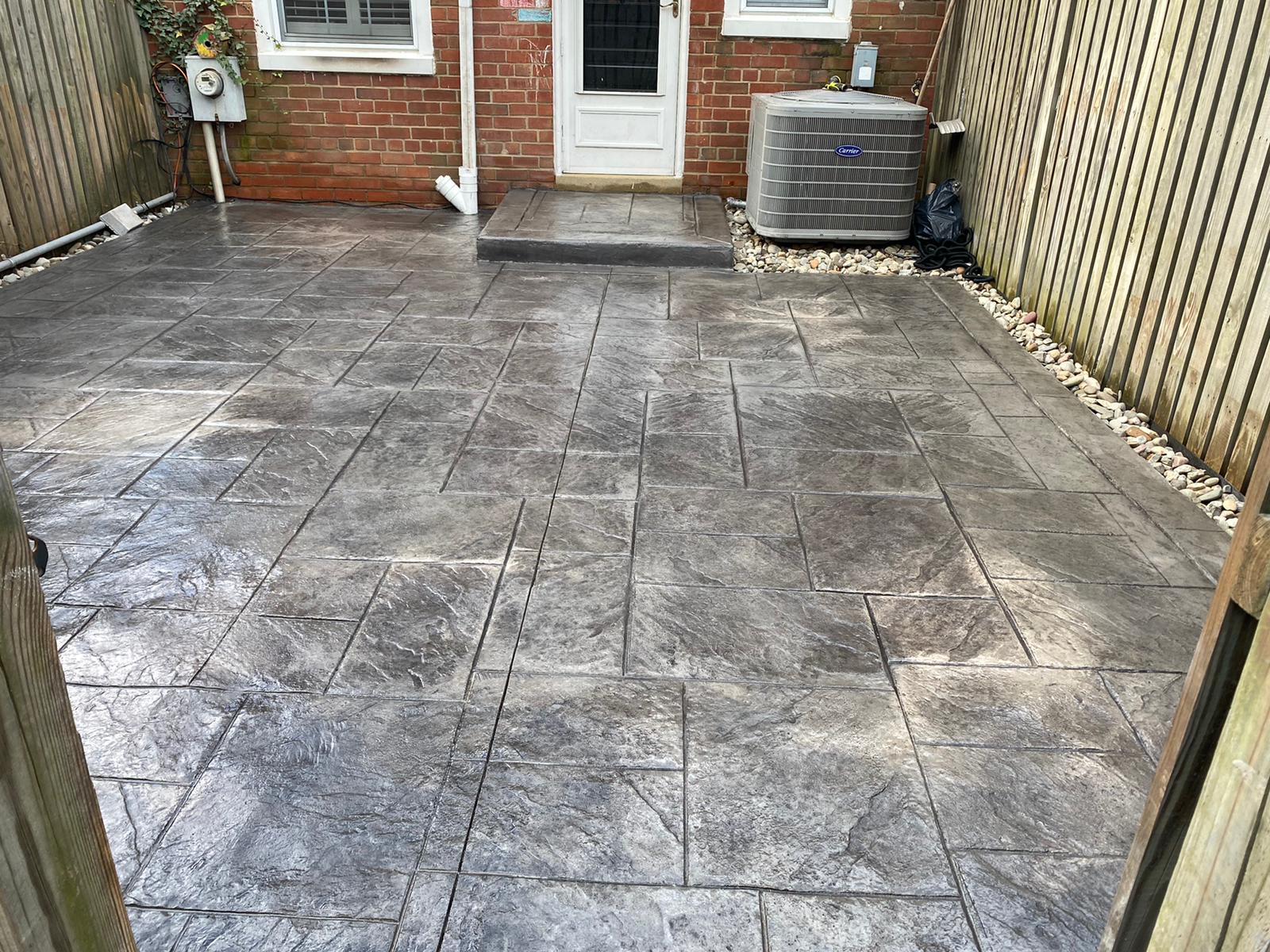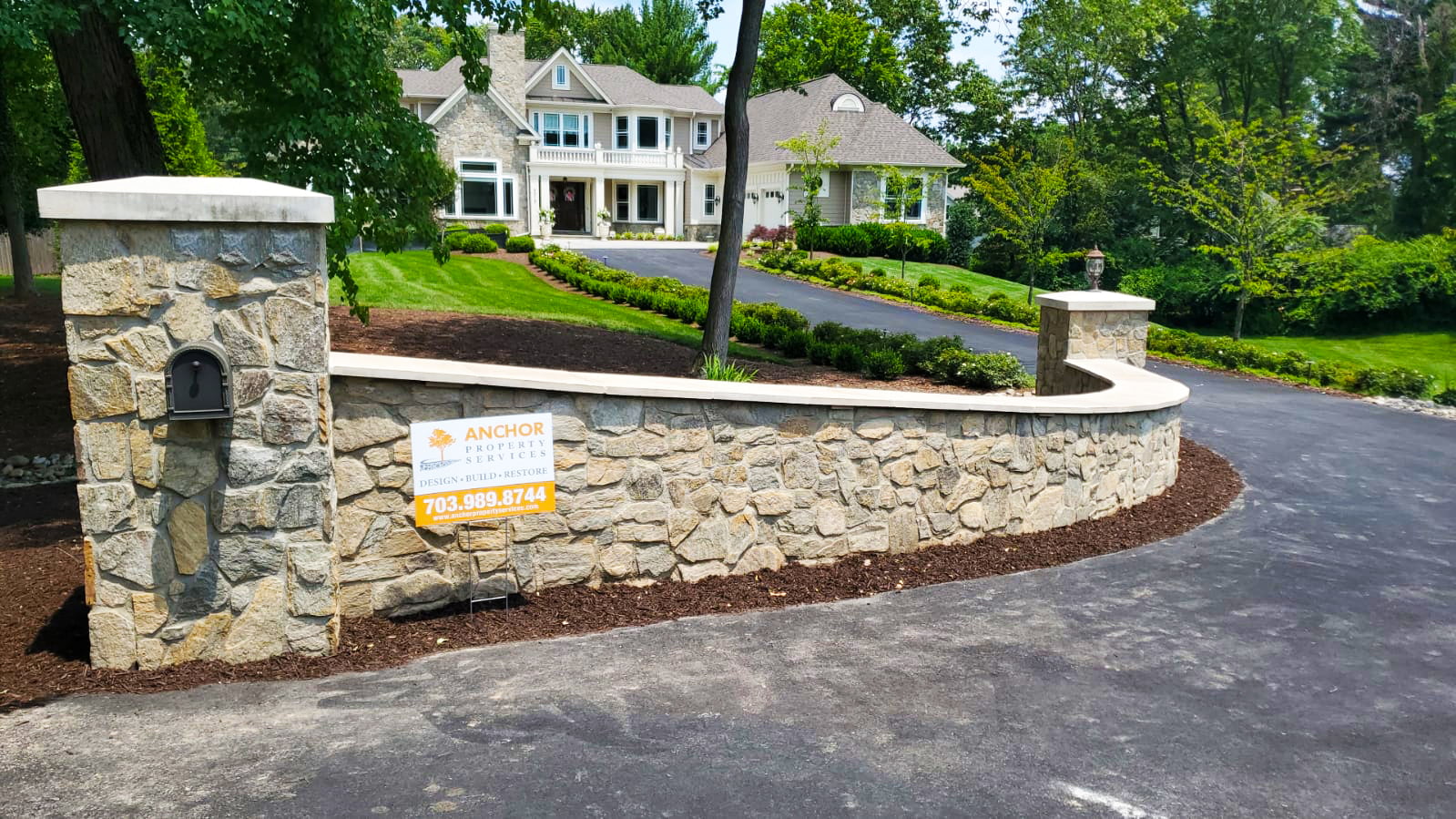Patios
We believe that your outdoor living space is just as crucial as your indoor living space. This addition to your home is an area where you can unwind and relax while enjoy the natural sunlight and evening breeze.
Your patio’s surface material can determine things like how durable your patio will be and how it will withstand things like constant wear and weather. Depending on your material selection, things like maintenance and long-term quality will vary on the material you would like to use. Factors such as location, size of your outdoor space, budget, personal preference/style, and local building codes can guide you on choosing the right surface for your dream patio.

Patios

We believe that your outdoor living space is just as crucial as your indoor living space. This addition to your home is an area where you can unwind and relax while enjoy the natural sunlight and evening breeze.
Your patio’s surface material can determine things like how durable your patio will be and how it will withstand things like constant wear and weather. Depending on your material selection, things like maintenance and long-term quality will vary on the material you would like to use. Factors such as location, size of your outdoor space, budget, personal preference/style, and local building codes can guide you on choosing the right surface for your dream patio.
High Quality Construction Services For Residentials in Northern, VA
Retaining Walls

Retaining walls are carefully designed walls used to restrain soil in your yard. They stabilize sloped landscapes, prevent erosion, and manage storm water runoff and they create stunning outdoor living spaces.
Retaining walls often increase the value of your home. When built correctly, they last a long time and can be earth-friendly. And, unlike so many other components of a home and yard, they require minimal or no maintenance.
Retaining Walls

Retaining walls are carefully designed walls used to restrain soil in your yard. They stabilize sloped landscapes, prevent erosion, and manage storm water runoff and they create stunning outdoor living spaces.
In addition to being functional, retaining walls often become an artistic focal point of your landscape design
